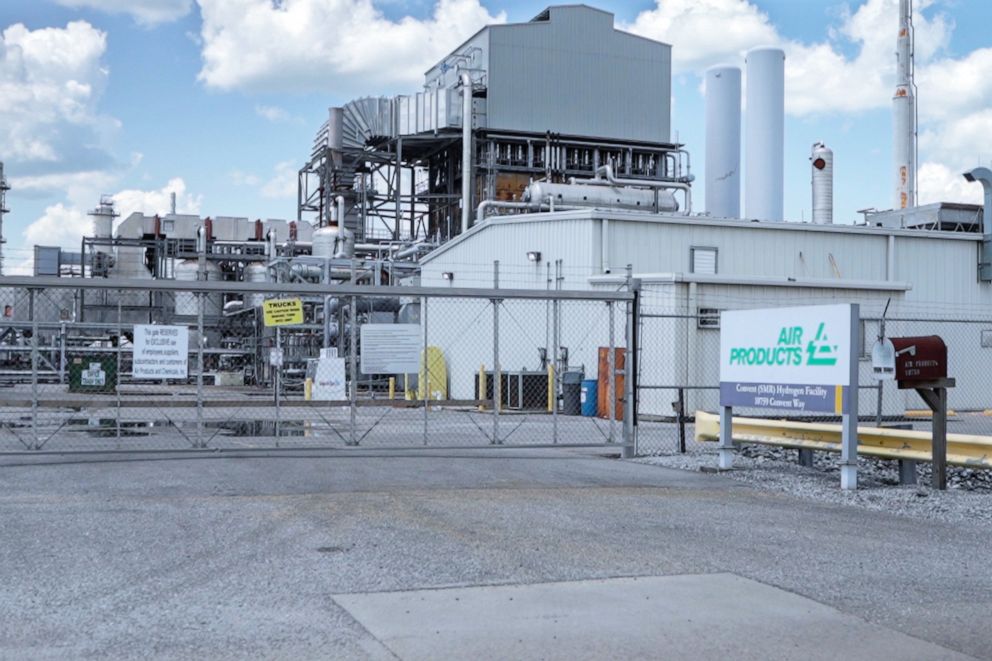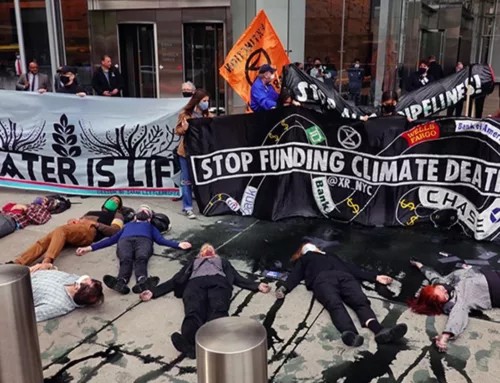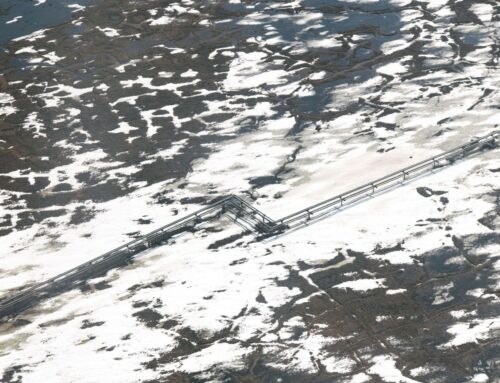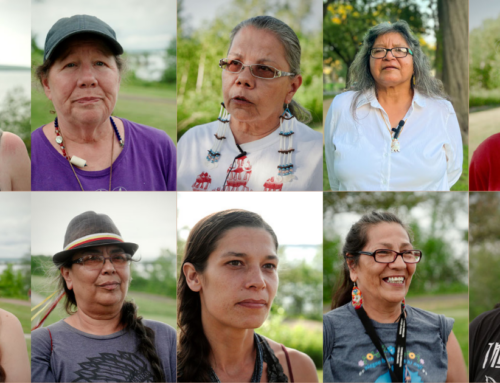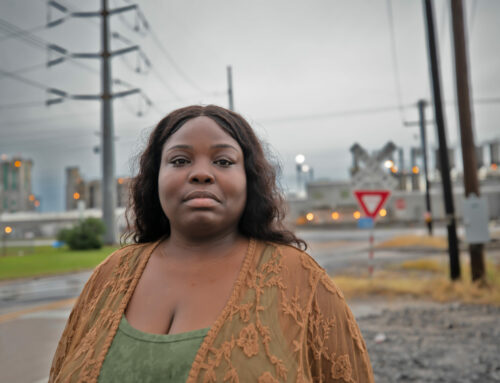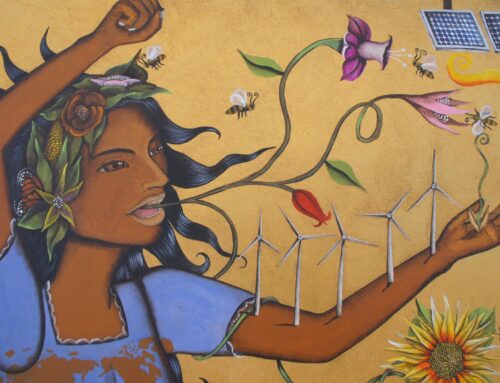This article highlights ‘Cancer Alley’ in Louisiana, an 85-mile region of the state that has a 95% increased risk of cancer compared to the rest of the country because of air pollution, according to the EPA. The area, once known for its agriculture, consists of predominantly Black communities that are now surrounded by about 150 industrial plants. In the fall of 2021, Air Products and Chemicals announced a $4.5 billion blue hydrogen facility said to be built within the region in the next few years. The company claims that they will use carbon capture to offset the vast majority of their carbon dioxide emissions, a process which involves transporting captured carbon dioxide through a 35-mile pipeline and injecting it a mile below ground. Dr. Cynthia Ebinger, a professor of geology at Tulane University, says that Louisiana is a suitable place for the sequestration process, due to the geological composition, yet community activists remain skeptical. Dr. Beverly Wright, founder of the New Orleans-based organization, Deep South Center for Environmental Justice, and adviser to the White House Environmental Justice Advisory Council, does not believe carbon capture is the answer to the environmental issues the region faces, saying that carbon sequestration is ‘too good to be true.’ She also adds her own doubts about how the same industries that caused the pollution will not be the ones to fix it. Activists in the community continue their campaigns for environmental justice and education to the public on the risks that carbon sequestration poses. Photo Credit: Lindsey Griswold


